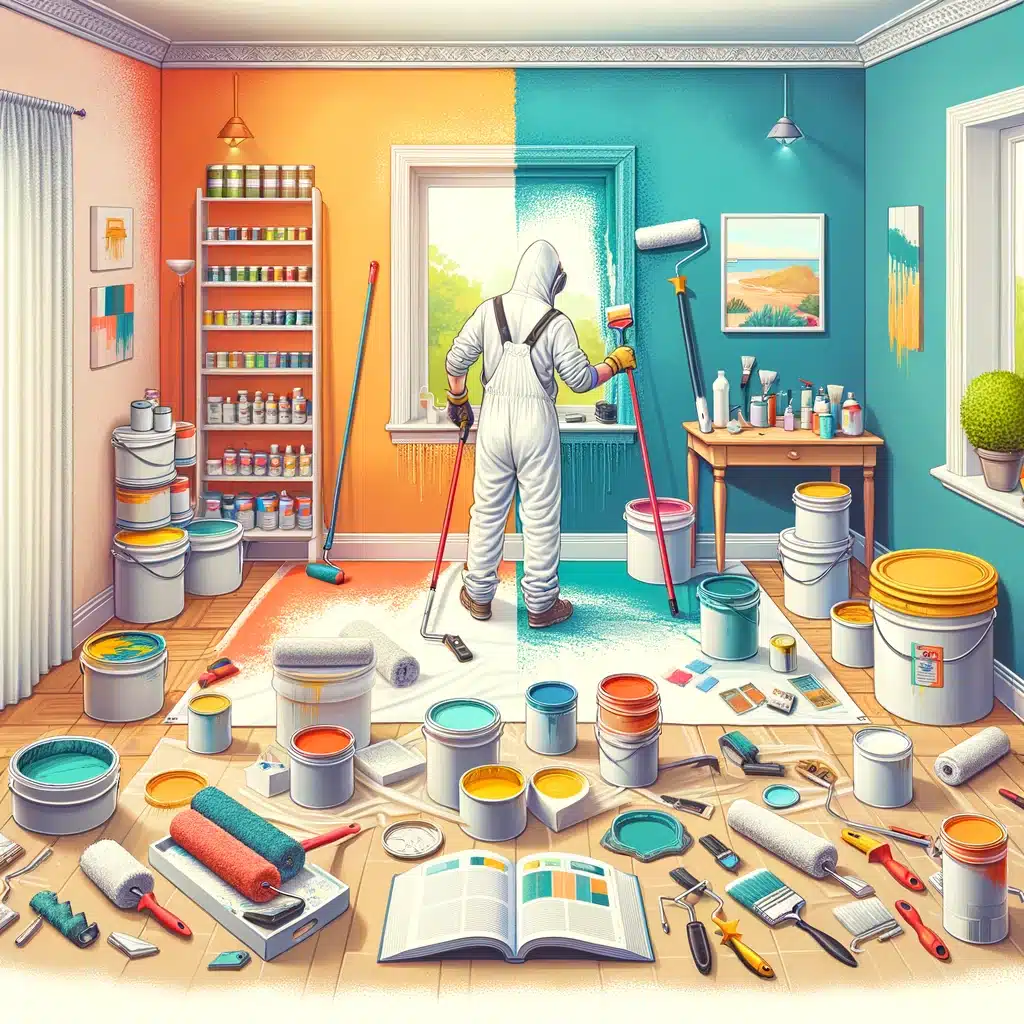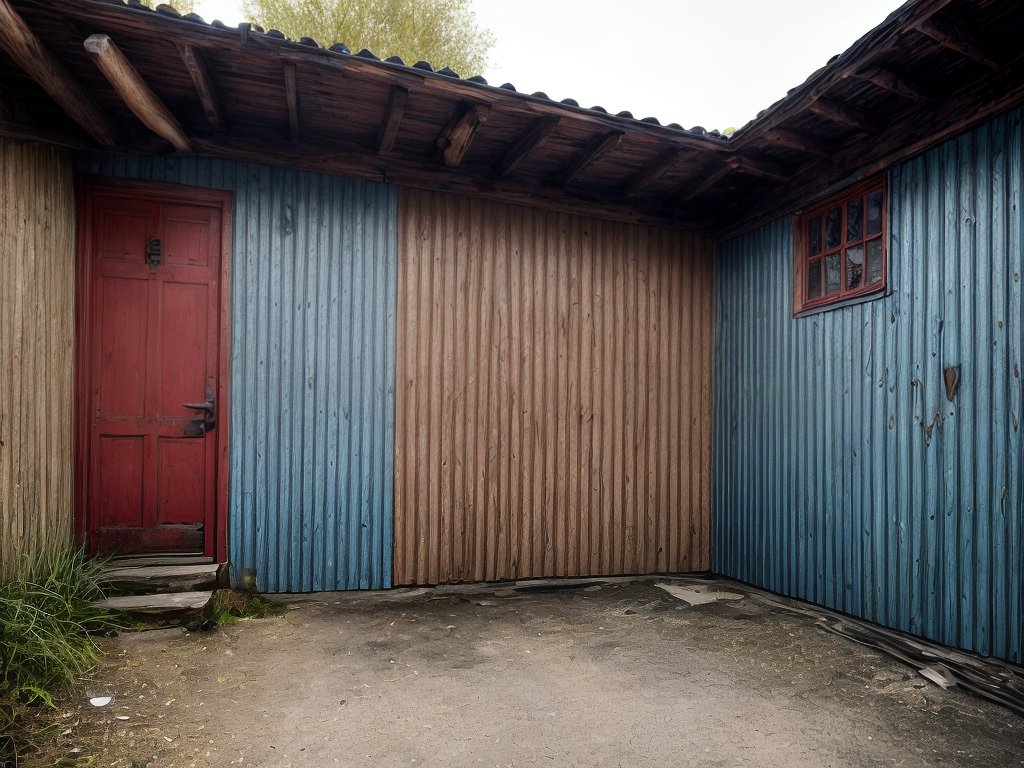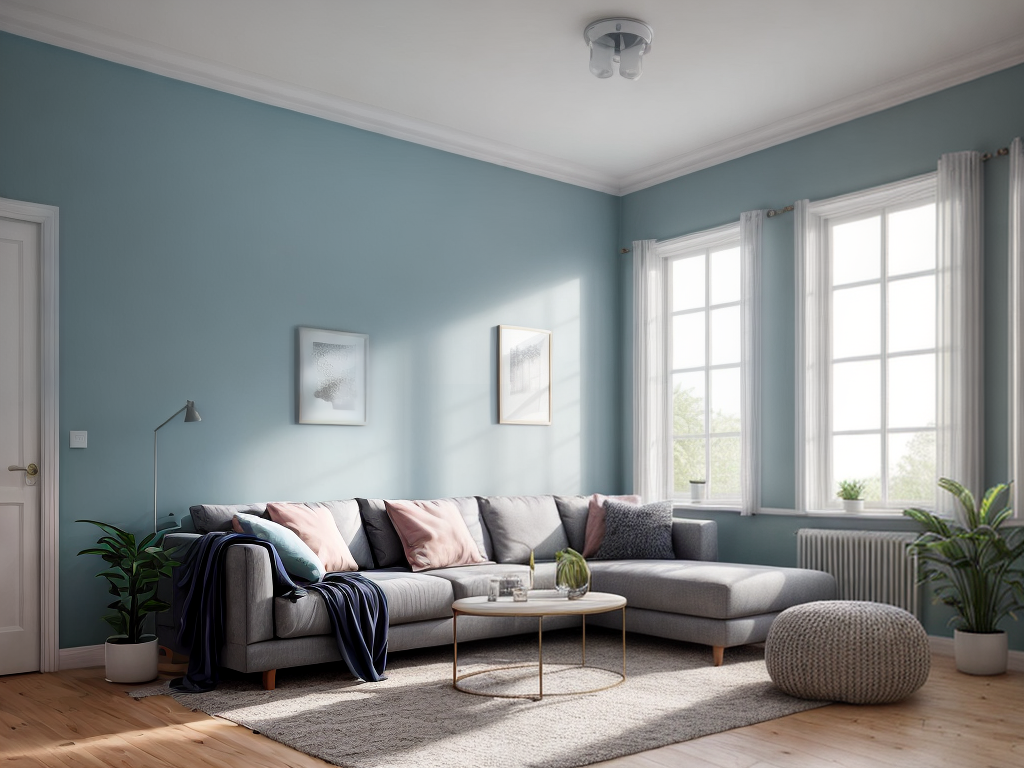As an eco-conscious artist, I am always looking for ways to reduce my environmental impact. Did you know that traditional paint can contain harmful chemicals that contribute to air pollution? That’s why I am excited to share with you ‘The Eco-Painter’s Toolkit: Sustainable Materials and Practices’. In this guide, I will explore eco-friendly paint options, sustainable brush choices, and earth-friendly support materials. I will also discuss recycling and waste reduction techniques, energy-efficient studio practices, and how we can promote sustainability through art education. By incorporating these practices into our work, we can create beautiful art while also protecting our planet. So let’s dive in and discover the tools and techniques to become an eco-conscious painter!
Eco-friendly Paint Options
When I first began exploring eco-friendly paint options, I was amazed by the variety of sustainable materials available. One of the key aspects of eco-friendly paint is the use of organic pigments and natural dyes. These materials are derived from natural sources such as plants, minerals, and even insects. Not only do they provide vibrant and long-lasting colors, but they also eliminate the need for harmful chemical additives. Organic pigments are made from plants like turmeric, beetroot, and indigo, while natural dyes are extracted from sources such as berries, flowers, and tree barks. By using these natural alternatives, eco-friendly paints reduce the environmental impact and promote healthier indoor air quality. It’s a win-win situation for both the planet and our well-being.
Sustainable Brush Choices
When it comes to sustainable brush choices, there are two main options to consider: bamboo brushes and synthetic brushes. Bamboo brushes are a great eco-friendly choice as they are made from a renewable resource and are biodegradable. On the other hand, synthetic brushes are often made from recycled materials, making them a sustainable alternative. Additionally, there are also recycled brush options available, which further reduce waste and environmental impact.
Bamboo Vs. Synthetic Brushes
I prefer using bamboo brushes over synthetic brushes for a more sustainable choice in my painting practice. Bamboo brushes have a lower environmental impact compared to synthetic brushes. Bamboo is a fast-growing and renewable resource that requires minimal pesticides or fertilizers to grow. In contrast, synthetic brushes are made from petrochemicals, which contribute to pollution and greenhouse gas emissions during their production. Additionally, bamboo brushes are biodegradable, whereas synthetic brushes take hundreds of years to break down in landfills. By choosing bamboo brushes, I can reduce my carbon footprint and support a more sustainable art practice. The durability and quality of bamboo brushes also make them a reliable choice for my artwork, ensuring that I can create without compromising my environmental values.
Recycled Brush Options
Regularly, I opt for recycled brush options as sustainable choices in my painting practice. When it comes to brushes, I prioritize using reclaimed handle options and brushes made from ethically sourced materials. By choosing recycled brushes, I am reducing waste and giving new life to materials that would have otherwise ended up in landfills. These brushes are often made from reclaimed wood or other sustainable materials, minimizing the environmental impact. Additionally, I ensure that the brushes I purchase are ethically sourced, meaning they are made under fair working conditions and do not contribute to deforestation or harm to wildlife. By making conscious choices in my brush selection, I am able to create art while minimizing my ecological footprint.
Earth-Friendly Support Materials
One of the key components of my eco-friendly painting toolkit is incorporating sustainable support materials. When it comes to canvas alternatives, I opt for eco-friendly options such as hemp or organic cotton. These materials are grown without the use of harmful pesticides and require less water and energy to produce. Not only are they better for the environment, but they also provide a high-quality surface for my paintings. Additionally, I make use of natural dye options to add color to my artwork. Instead of using synthetic dyes that can be harmful to the environment, I explore natural alternatives such as plant-based dyes or pigments made from minerals. This allows me to create vibrant and beautiful paintings while minimizing the impact on the planet.
Recycling and Waste Reduction Techniques
When it comes to recycling and waste reduction in eco-painting, there are several techniques that can be implemented. One technique is upcycling old paint cans, which can be repurposed for storage or turned into unique art pieces. Another technique is composting paintbrush bristles, which can be collected and added to a compost pile to break down naturally. Additionally, limiting plastic waste by using refillable paint containers or opting for biodegradable paint packaging can also be effective in reducing environmental impact.
Upcycling Old Paint Cans
As an eco-conscious painter, I prioritize the upcycling of old paint cans as a means of reducing waste and promoting sustainability. Repurposing containers is a creative way to give these cans a new life and keep them out of landfills. One idea is to transform them into planters for your garden or indoor plants. Simply clean out the cans, drill drainage holes at the bottom, and add soil and your favorite plants. Another idea is to use them as storage containers for small items like screws, nails, or art supplies. You can also turn them into decorative pencil holders or paintbrush organizers by painting them in vibrant colors and adding a personal touch. By thinking outside of the box, we can find innovative ways to give old paint cans a new purpose and contribute to a more sustainable future.
Composting Paintbrush Bristles
Composting paintbrush bristles is an effective way for eco-conscious painters like me to recycle and reduce waste. When it comes to composting techniques, it’s important to choose the right materials and properly care for your organic brushes. First, make sure your brushes have natural bristles made from materials like animal hair or plant fibers. Synthetic bristles don’t break down as easily in compost. After painting, remove excess paint by wiping the brush on a newspaper or cloth. Then, rinse the brush in water, making sure not to let any paint go down the drain. Once clean, hang the brush upside down to dry. Once the bristles become too worn to use, simply cut off the bristles and add them to your compost pile. By composting paintbrush bristles, we can do our part in minimizing waste and promoting a sustainable painting practice.
Limiting Plastic Waste
To limit plastic waste, I actively recycle and employ waste reduction techniques in my eco-painting practice. One of the ways I reduce plastic waste is by using reusable packaging whenever possible. Instead of buying new plastic containers for my paints and other materials, I opt for glass jars or metal cans that can be easily cleaned and reused. This not only reduces plastic waste but also saves me money in the long run. Additionally, I make a conscious effort to seek out biodegradable alternatives to plastic whenever possible. For example, I use paintbrushes with handles made from sustainable bamboo instead of plastic. These small changes may seem insignificant, but they add up and contribute to a more sustainable and environmentally friendly painting practice.
Energy-Efficient Studio Practices
In my studio, I prioritize energy efficiency by implementing various sustainable practices. One way I achieve this is by using energy-saving lighting options. I have replaced traditional incandescent bulbs with LED lights, which consume significantly less energy and have a longer lifespan. Not only does this reduce my energy consumption, but it also lowers my electricity bills. Additionally, I have invested in solar-powered equipment. By utilizing solar energy, I can power certain tools and equipment without relying on electricity from the grid. This not only reduces my carbon footprint but also allows me to work even during power outages. Overall, these energy-efficient practices contribute to a more sustainable and eco-friendly studio environment.
Promoting Sustainability Through Art Education
As an eco-painter, I actively promote sustainability through art education by incorporating eco-friendly materials and practices into my workshops and classes. By doing so, I aim to encourage artistic expression while raising environmental awareness among my students. During my workshops, I emphasize the importance of using sustainable art supplies, such as non-toxic paints, recycled paper, and natural pigments. I also teach techniques that minimize waste, such as reusing materials and repurposing old artworks. By incorporating these sustainable practices, I not only reduce the negative impact of art-making on the environment but also inspire my students to think critically about their own artistic processes. Through art education, I believe we can foster a generation of environmentally conscious artists who use their creativity to address and raise awareness about pressing environmental issues.
Conclusion
In conclusion, by adopting sustainable materials and practices in our painting process, we can create art that not only inspires but also minimizes our impact on the environment. From eco-friendly paint options to using sustainable brushes and support materials, every choice we make can contribute to a greener future. So let’s brush up on our eco-painter’s toolkit and paint the town green! After all, a little goes a long way in preserving our planet’s beauty.




